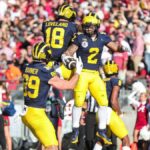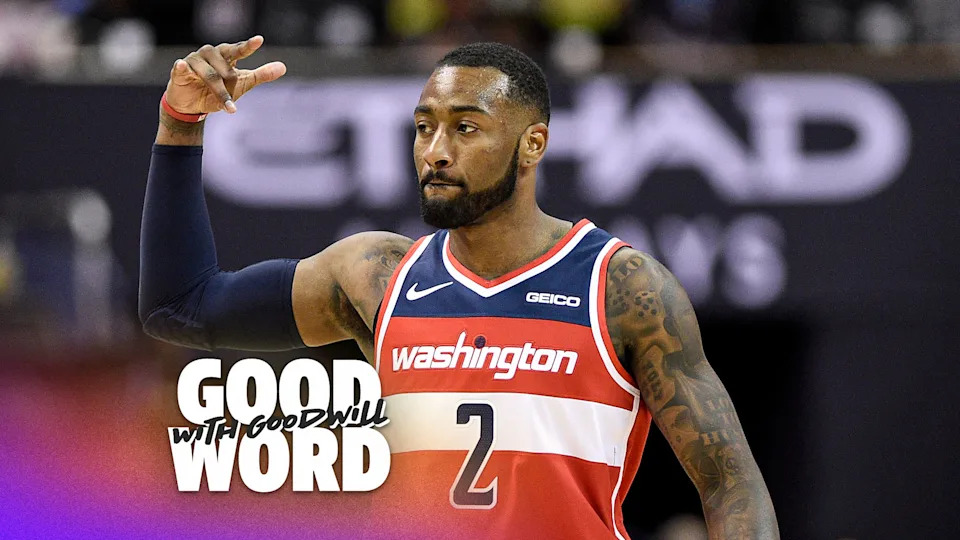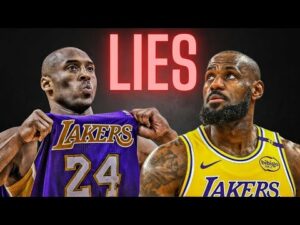
Are the Celtics on the Brink of an Unexpected Knockout by the Knicks?
Ever notice how sometimes a basketball team can shoot itself in the foot with the very weapon that once secured its crown? That’s precisely the bewildering script the Boston Celtics find themselves tangled in during this NBA postseason . After storming their way to the 2023-24 championship on the back of a relentless 3-point barrage—they’ve now ramped up that volume to near absurd levels—their once-feared three-point barrage is morphing into a liability against the New York Knicks. Two games, two blown leads, and a cumulative 25-for-100 on three-pointers later, the question looms large: Is their love affair with deep shots nudging them closer to an early exit rather than a title defense? Sleepy ball movement, hero ball heroics, and fading fourth-quarter energy paint a troubling portrait for Boston. It’s as if the Celtics, so masterful at flipping games on a dime last season, are now trapped in a harsh lesson about balance and adaptation. Can they recalibrate before their championship glow fades into playoff heartbreak—or are we watching a strategic overreach unravel in real time? Take a closer look at the numbers and the narrative—and then decide if the Celtics’ shot selection is genius or folly. LEARN MORE.
For the second straight game in the NBA playoffs, the Celtics blew a big lead by missing a ton of shots against the Knicks. Are the 3-pointers the reason the Celtics are losing?
The 2023-24 Boston Celtics were NBA champions for a lot of reasons. But one of them was their 3-point volume.
Long after the Golden State Warriors dispelled the notion that a âjump shootingâ team couldnât win the title, the Celtics ran through the playoffs last season on the back of their 3-point shooting volume, grabbing a record 18th NBA title. They led the league in 3-point attempts in both the regular season and playoffs, and turned every game into a math problem for the other team. The Celtics would have slumps like any other team from outside, but, when the runs came, they were avalanches. Five made 3s in a minute and a half. And the game would flip on its head.
This season, the Celtics ratchetted up the 3-point volume even more. The Celtics led the league with 42.5 last season; that number ballooned to 48.2 this time around. They shot 5.8 more 3s per game than the team with the second-most attempts (the Warriors).
Could this be too much of what is normally a good thing? The Celtics find themselves down 2-0 to the New York Knicks in the second round after two stunning, fourth-quarter collapses.
Only six teams in NBA history have come back to win a series after losing the first two games at home, and five of those comebacks came in the first round. The 1993-94 Houston Rockets are the only team to achieve this comeback later in the playoffs, when they beat the Phoenix Suns in seven games in the Western Conference second round after dropping the first two at home.
This is the hole the Celtics are in now, and they have poor shooting to blame. Theyâve shot a dreadful 25 of 100 on 3-point attempts in the two games combined. There are a few ways to approach their offensive woes, but one thing is for sure: They need to recalibrate quickly or the title defense will end in a hurry.
To 3 or Not to 3
There is an argument the Celtics are just missing too many 3s, not taking too many.
The offense regressed slightly from last season, but the Celtics still had the second-best offensive rating in the league at 117.6. Taking more 3s certainly didnât hurt them in the regular season.
And the team is actually taking fewer 3s this postseason than they did during last yearâs title run. There wasnât any complaining last year when Bostonâs offense got them to a title. But now, the team is mired in a deep slump, so the complaints are there.

And yet, it does feel different this round. The Celtics are taking 50.0 3s and 45.5 2s. For a team in a jump-shooting slump, this seems to be too extreme.
The Knicks allowed the fifth-fewest 3-point attempts in the NBA regular season, but the Celtics are generating a ton of 3s against their defense. On the surface, this feels like a victory for the Celtics.
But teams have to find different ways to win in the postseason. The Celtics have to find a way to generate more easy looks inside.
From 7:39 to 2:55 in the fourth quarter of Game 2, the Celtics went 0 for 8 from the field while only shooting two free throws. Seven of the eight shots were 3-pointers. Slumps happen, but Boston could mitigate those slumps by getting to the line more or getting easy baskets inside. It hasnât been able to do that against the Knicks.
The Knicks have played the Celtics well, but they werenât some impenetrable force on defense this season. They finished 16th in defensive efficiency and 18th in 2-point percentage allowed. The Celtics should be able to find better looks inside, but they havenât worked hard enough to do so.
Isolated
The Celticsâ shooting slump has opened up the door for the Knicks, and theyâve kicked it down. One of the Celticsâ biggest weaknesses has been the tendency to fall into hero ball at the end of games. Theyâre certainly not the only team to do it and, for some teams, it’s the best offense. Teams canât rely on a referee’s whistle with the game on the line, and they donât want to turn it over. So putting the ball in your best player’s hands and telling him to make a decision can be a good course of action.
The problem for the Celtics is that Jayson Tatum hasnât thrived in clutch situations this season. Heâs shot just 41.4% from the field and 17.6% on 3s in the last five minutes of a game when the point differential is five or fewer. Jalen Brunson won NBA Clutch Player of the Year by shooting 50.5% from the field and getting to the free throw line significantly more frequently than Tatum in the clutch.
The Celtics had the superior offense to the Knicks this season. But when you reduce the game to isolation in the clutch, the Knicks have an edge. The Celtics would be better off running more traditional action at the end of games than having Tatum try to out-hero Brunson. So far, theyâve taken the bait.
Foot off the Gas
Of course, these clutch situations have only been a problem because the Celtics have blown huge leads. In Game 1, the Celtics led by 16 at halftime only to squander that in the fourth quarter and eventually lose in overtime. In Game 2, the Knicks ended the game on a 23-6 run to win by one point. Both games switched from easy Celtics’ wins to painful losses in a hurry.
The Knicks deserve a ton of credit for not letting the situations overwhelm them. The team has shown an impressive resiliency in staying composed down the stretch and continuing to run good offense.
But no matter how well the Knicks played down the stretch, these are inexcusable losses by the Celtics. They are the only team in the last 25 years to have a 20+ point lead in back-to-back playoff games and lose both.
These blown leads are about much more than missed 3s. The 3s play into them, but theyâre a symptom of the problem, not the problem itself.
Simply put, the Celtics have taken their foot off the gas while building big leads and have been unable to find it again when the game gets close.
Early in the games, the Celticsâ ball movement has been something to behold, even when the shots arenât falling. But late in both games, they have resorted to winding down the clock instead of generating good offense. Itâs come back to bite them both times.
Ultimately, the Celtics need to both generate better shots and hit more of the shots they are generating. Itâs a make-or-miss league and the Celtics are missing.
Research support provided by Stats Perform’s Sam Hovland.
The post The Celtics Might Shoot Themselves Out of the Playoffs Against the Knicks appeared first on Opta Analyst.























Post Comment